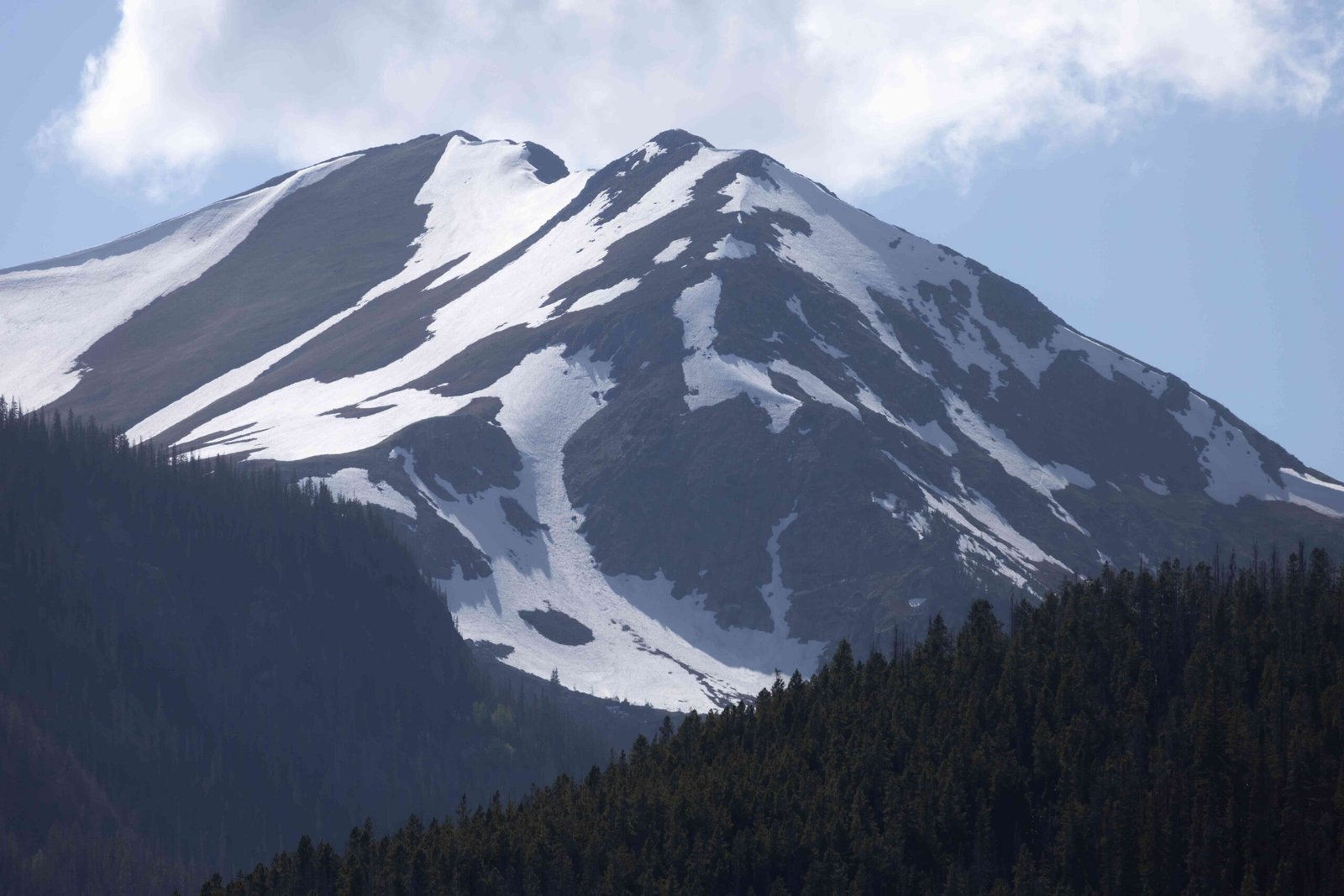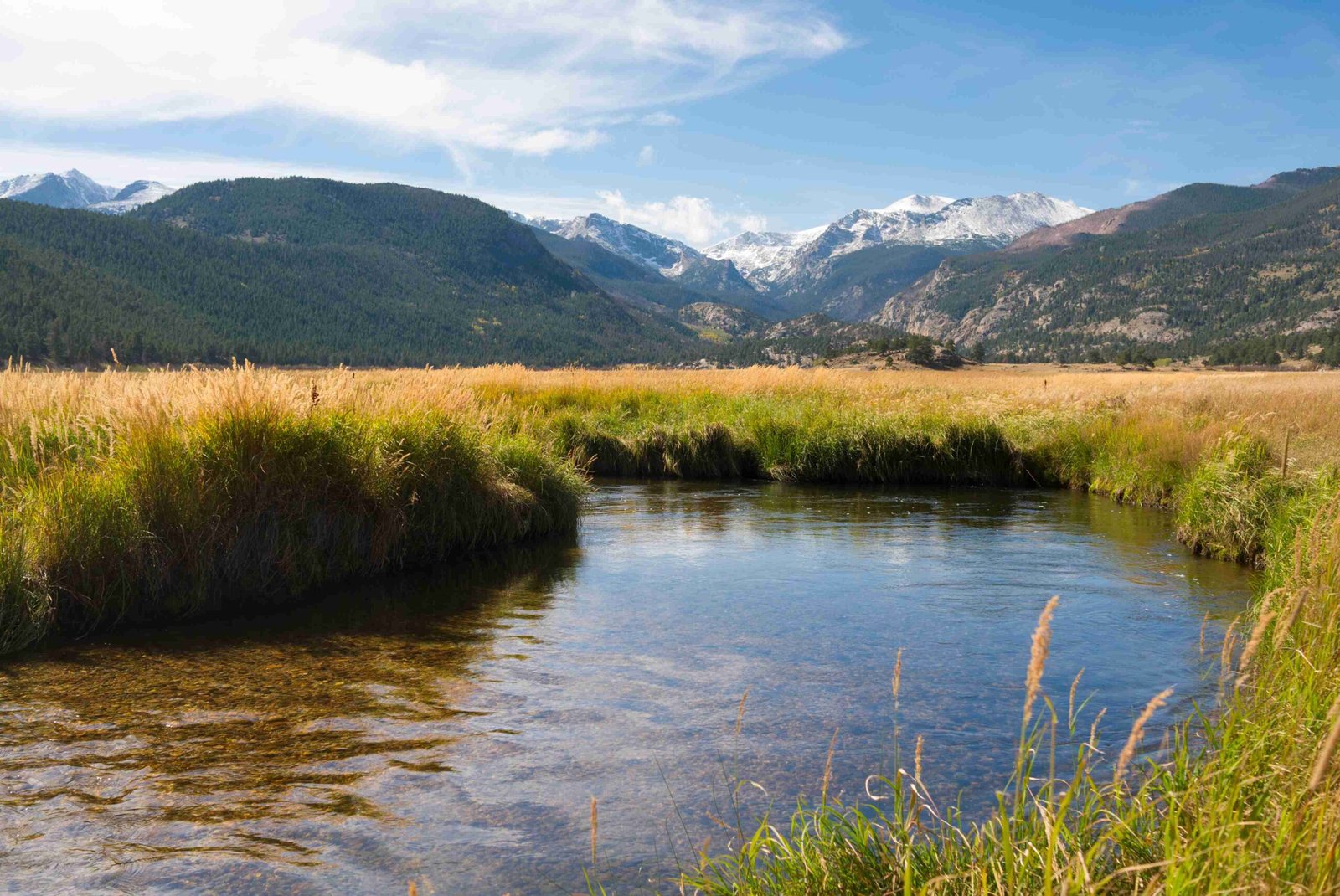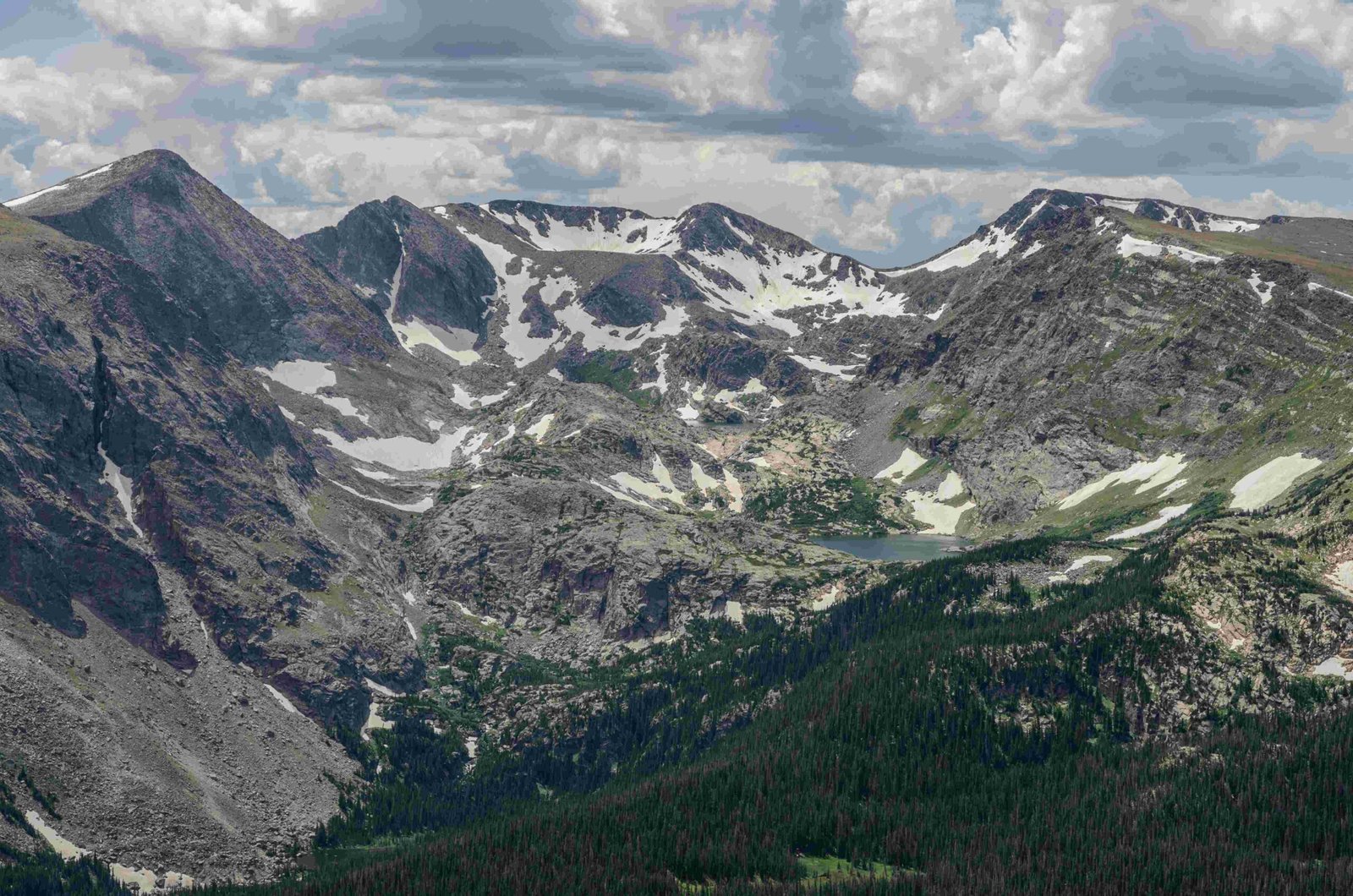Rocky Mountain National Park experiences varying traffic conditions throughout the year, with peak congestion during summer months and road closures in winter. Trail Ridge Road, the park’s main thoroughfare, is currently closed for the winter season, while other roads remain open with potential for heavy traffic. Visitors should expect delays during peak hours and plan accordingly for limited parking at popular destinations.
What Are the Current Traffic Conditions and Road Closures?

As of the latest update, here’s what you need to know about traffic and road closures in Rocky Mountain National Park:
- Trail Ridge Road is closed for the 2024/25 winter season (since October 25, 2024)
- Partial access is available on Trail Ridge Road:
- West side: Open from Grand Lake Entrance to Colorado River Trailhead
- East side: Open up to Rainbow Curve
- Bear Lake Road and Endovalley Road remain open during winter
It’s crucial to note that these conditions can change rapidly due to weather, so always check the latest updates before your visit.
How Does Peak Season Affect Traffic Patterns?

During the peak season, typically from late May to October, traffic in Rocky Mountain National Park can be intense. Here’s what to expect:
- Trail Ridge Road experiences significant congestion
- Mid-day hours are busiest, especially on weekends and holidays
- Sudden snowstorms can cause temporary closures even in peak season
To avoid the worst of the traffic, consider visiting early in the morning or later in the afternoon. This strategy can help you enjoy the park’s beauty without spending too much time stuck in your vehicle.
What Are the Average Wait Times and Congestion Areas?
While specific data on average wait times isn’t available, visitors should be prepared for potential delays, particularly during peak hours. Key congestion areas include:
- Park entrances
- Bear Lake area
- Popular trailheads and viewpoints
To minimize wait times, arrive early or opt for less popular areas of the park. Remember, patience is key when exploring such a beloved natural wonder.
How Does Parking Availability Impact Visitor Experience?
Parking can be a significant challenge in Rocky Mountain National Park, especially during busy periods. Here’s what you should know:
- Limited parking at popular destinations like Bear Lake and Alpine Visitor Center
- Early arrival is recommended to secure a spot
- Consider using the park’s shuttle service when available to avoid parking hassles
Accessibility can also be an issue, particularly on Trail Ridge Road:
- Lack of guardrails and shoulders above 11,500 feet
- Challenging driving conditions for those unfamiliar with high-elevation roads
Are There Any Scheduled Events That Might Affect Traffic?
While there are no specific events mentioned that would impact traffic flow during the winter season, it’s important to be aware of seasonal activities:
- Winter activities like snowshoeing and skiing are allowed on closed sections of Trail Ridge Road and Old Fall River Road starting December 1
- These activities may affect pedestrian and vehicle traffic in certain areas
Always check the park’s official website or contact the visitor center for the most up-to-date information on events and their potential impact on traffic.
How Can Visitors Plan for Traffic Challenges?
To make the most of your visit to Rocky Mountain National Park despite potential traffic issues, consider these tips:
- Check road conditions and closures before your trip
- Arrive early or visit during off-peak hours
- Use park shuttles when available
- Be prepared for sudden weather changes and potential road closures
- Consider exploring less popular areas of the park
- Pack patience and a positive attitude
By planning ahead and staying flexible, you can navigate the park’s traffic challenges and focus on enjoying the stunning natural beauty that Rocky Mountain National Park has to offer.
What Alternative Transportation Options Are Available?
To alleviate traffic congestion and parking issues, Rocky Mountain National Park offers several alternative transportation options:
- Park Shuttle System: Operates during peak season, connecting popular areas
- Hiker Shuttle: Provides transportation from Estes Park to the Park & Ride lot
- Guided Tours: Various companies offer tours that handle transportation
These options can help you avoid the stress of driving and parking, allowing for a more relaxed park experience.
How Does Weather Impact Traffic in the Park?
Weather plays a significant role in traffic conditions at Rocky Mountain National Park:
| Season | Weather Impact on Traffic |
|---|---|
| Summer | Increased visitor numbers, potential for afternoon thunderstorms |
| Fall | Leaf-peeping crowds, early snowfall possible |
| Winter | Road closures, icy conditions, limited access |
| Spring | Unpredictable weather, road clearing operations |
Always check weather forecasts and be prepared for rapid changes, especially at higher elevations where conditions can be more extreme.
By understanding these various aspects of traffic in Rocky Mountain National Park, visitors can better plan their trips and make the most of their time in this spectacular natural setting. Remember to stay informed, be flexible, and prioritize safety to ensure an enjoyable experience in one of America’s most beloved national parks.
References:
1. Trail Ridge Road is Open for the 2024 Season
2. Rocky Mountain National Park’s Trail Ridge Road closes for winter
3. Trail Ridge Road In Rocky Mountain National Park Is Officially Closed to Vehicles for the Winter

